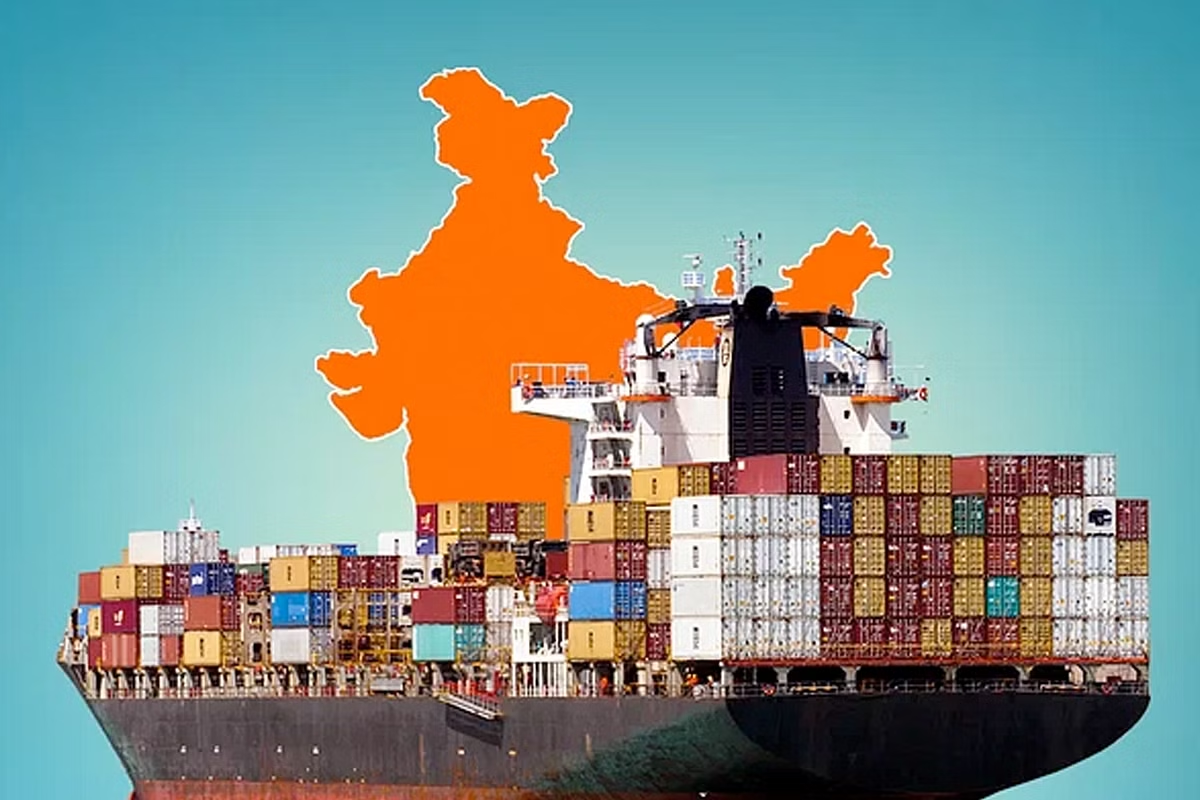Free Courses Sale ends Soon, Get It Now


Free Courses Sale ends Soon, Get It Now



Copyright infringement not intended
Picture Courtesy: indiainfrahub.com
Context: The Prime Minister of India recently inaugurated the third edition of the Global Maritime India Summit 2023 in Mumbai via video conferencing.
Details
Prime Minister highlighted several key points in his address:
India's Maritime Economy
About
|
Contribution to GDP |
●India's maritime sector contributes about 5% to the country's GDP, both directly and indirectly. Direct contributions come from activities like shipping, port operations, and shipbuilding, while indirect contributions stem from sectors such as tourism, fisheries, and coastal development. This sector's economic significance is undeniable, fostering a robust and interconnected economy. |
|
Employment |
●With over 10 million employees, the maritime sector provides vast employment opportunities. Direct jobs are in shipping, port operations, shipbuilding, and fisheries, while indirect employment is generated in tourism, coastal development, and related fields. This employment not only sustains livelihoods but also fuels economic growth in coastal regions. |
|
Trade |
●India's maritime sector is the backbone of its trade activities. More than 95% of India's trade by volume and 68% by value occurs through seaports. These ports serve as gateways, facilitating the exchange of goods and connecting India to a network of over 200 countries and territories. Such trade links are essential for a thriving global economy. |
Significance of maritime economy
India's maritime sector faces several challenges
Government Initiatives
Potential for Growth
Conclusion
Must Read Articles:
MARITIME SECURITY CHALLENGES: https://www.iasgyan.in/ig-uploads/pdf/rstv24.pdf
|
PRACTICE QUESTION Q. What are the key factors contributing to the growth of India's maritime economy, and how can the country address the challenges it faces in order to fully leverage its coastal resources for sustainable development? |
© 2024 iasgyan. All right reserved